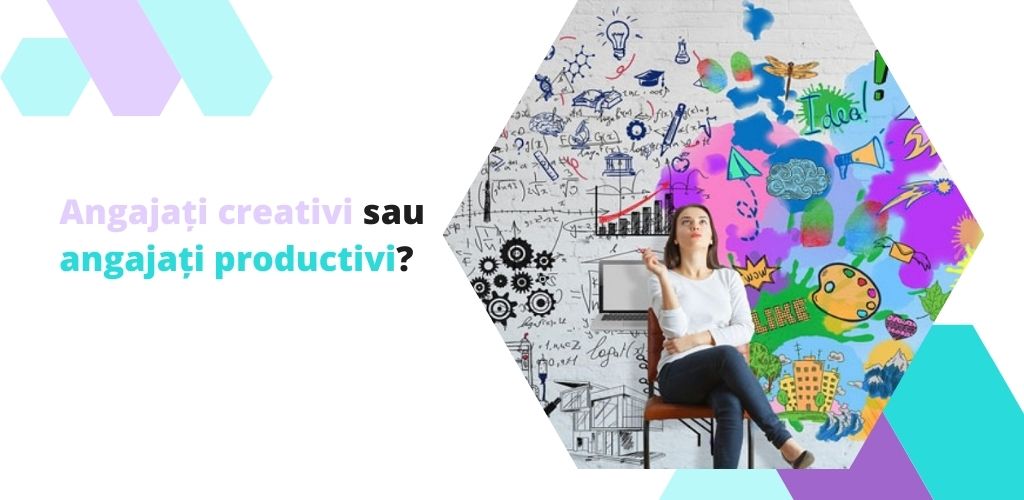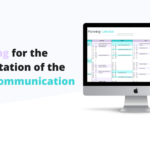
How they can be combined in the pandemic context.
What is, in fact, creativity and why do we want it so much? How do we stimulate it, how do we manage it, and how do we reward it? Can employees be both creative and productive? Or are we dealing with people whose minds just fly out of the company’s strategic plan? How has the pandemic affected the ideas' flow in companies? These are questions that we try to answer below, in order to guide leaders on the right path to performance through creativity.
Creativity seems to be one of the most sought after attributes in organizations. It is said that any skill can be acquired through learning and practice. However, creativity cannot be learned and you cannot practice it, if you do not have it. Fortunatelly, there are a number of ways in which the latent creative potential of employees can be brought to the surface, collectively or individually. Leaders need to master these methods, discover the 'buttons' through which they can activate an employee's creativity, and act on those levers of organizational processes that cause employees to express their creativity.
No doubt, this is not an easy task. Creativity is a multidimensional concept, with a complex nature, which manifests itself on many distinct levels. Moreover, the pandemic shifted everyone’s attention, prioritizing safety.
Regardless of the field of activity and context, creativity is commonly understood as the ability to produce new ideas, solutions, methods, products and services that are both original and brings value. The main benefit is that, through creativity, the coveted innovation could be achieved. The two are intrinsically linked. More and more companies are considering hiring creative people to help the organization build innovative solutions, propel it into current markets, or help it open up new ones. Creativity plays a key role in amplifying all aspects of business performance.
Although creative thinking, also called “out of the box”, is not a process that can be procedurized or mechanized, as are most organizational processes, it can be stimulated. There have been numerous attempts to unlock creativity in organizations. Some of them have proven their effectiveness and have been assimilated into the culture of companies for which innovation was a strategic requirement. You can find examples here (link).
The main problem, that we've pointed out from the very beginning, in the title of this article, is that there are a number of paradoxes about creativity: although creative people are the most headhunted, the organizations tend to adjust them, to control them, to change their behavior – a behavior sometimes nonconformist or rebellious, but that comes with the ability to be creative. Creativity is all the more valuable as it is unpredictable, and this is not always compatible with the need for organizations to maintain a predictable environment.
Another paradox contradicts creativity and productivity. Any leader wishes for great ideas from his team, and yet many executives treat creative thinking in contrast to productivity. A lot of employees feel rather an overwhelming pressure to be productive, and not an encouragement to be creative. In many cases, when an employee presents an idea, he/her is greeted with indifference or reluctance by the manager, due to the productivity obsession. A creative idea can be a long-term solution, and not always an on-the-spot solution, to save an immediate situation. Therefore, a true leader must be visionary, have that sixth sense with which he/her perceives and appreciates the long-term creative potential, and must be open to new and unusual ideas.
Unfortunately, too many leaders are trying to squeeze creativity, by offering financial rewards, sequestering their employees in endless brainstorming sessions, or over-encouraging competition. All these strategies, although of good intention, simply fail because creativity cannot be imposed, but cultivated.





